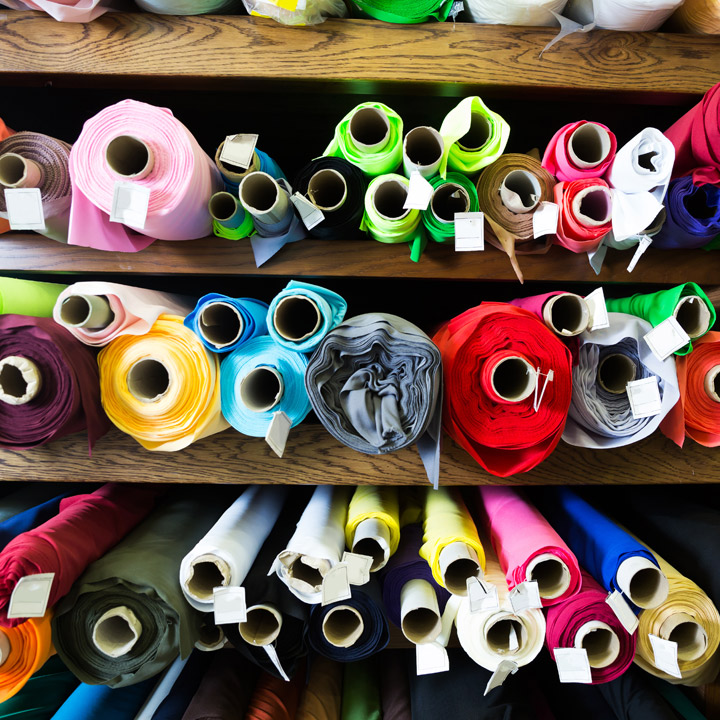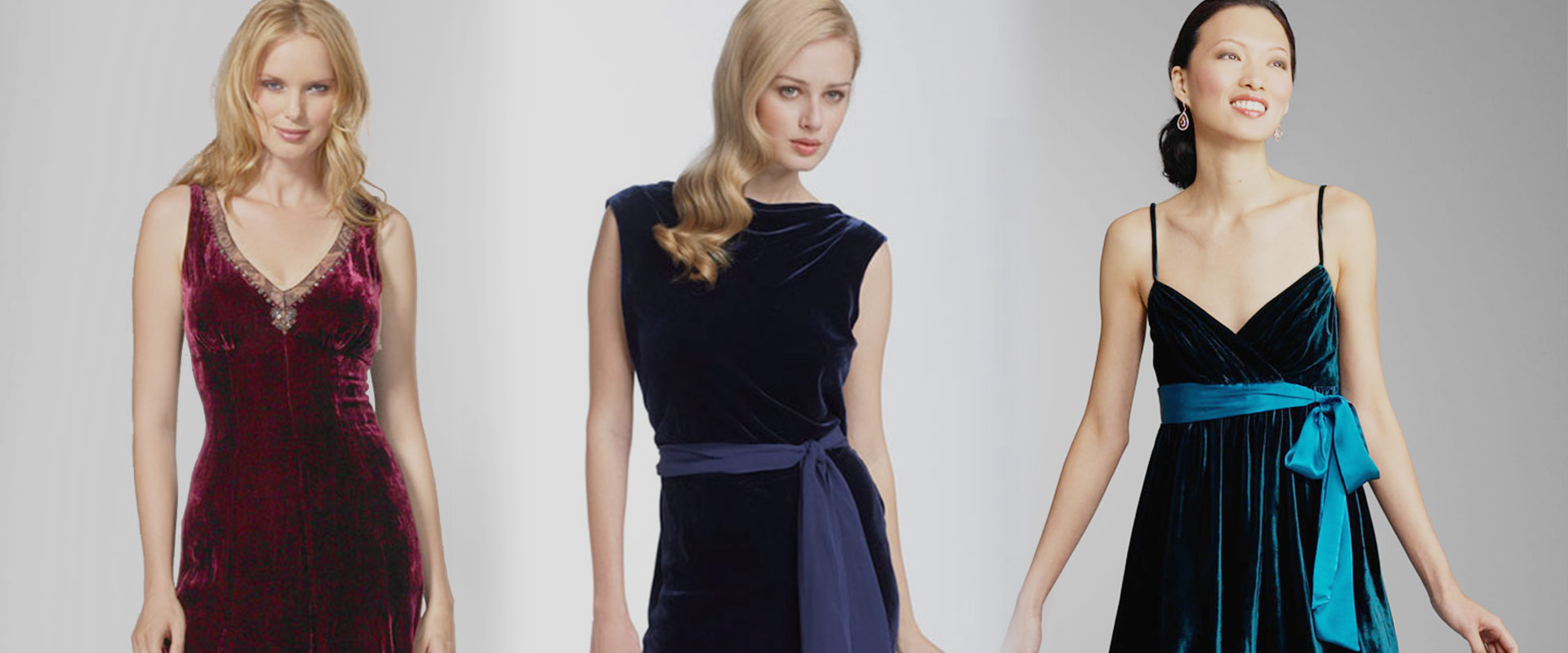Wimpfheimer Velvets
Velvet is a luxurious fabric with a history that dates back thousands of years. In many ages and cultures, velvet was a highly prized textile which symbolized wealth, power and prestige. The pile weave that characterizes velvet gives it a rich look that is often associated with royalty. Thanks to modern manufacturing methods, this rich fabric that was once reserved for the elite is now available at affordable prices for use in everyday garments and home decorating.
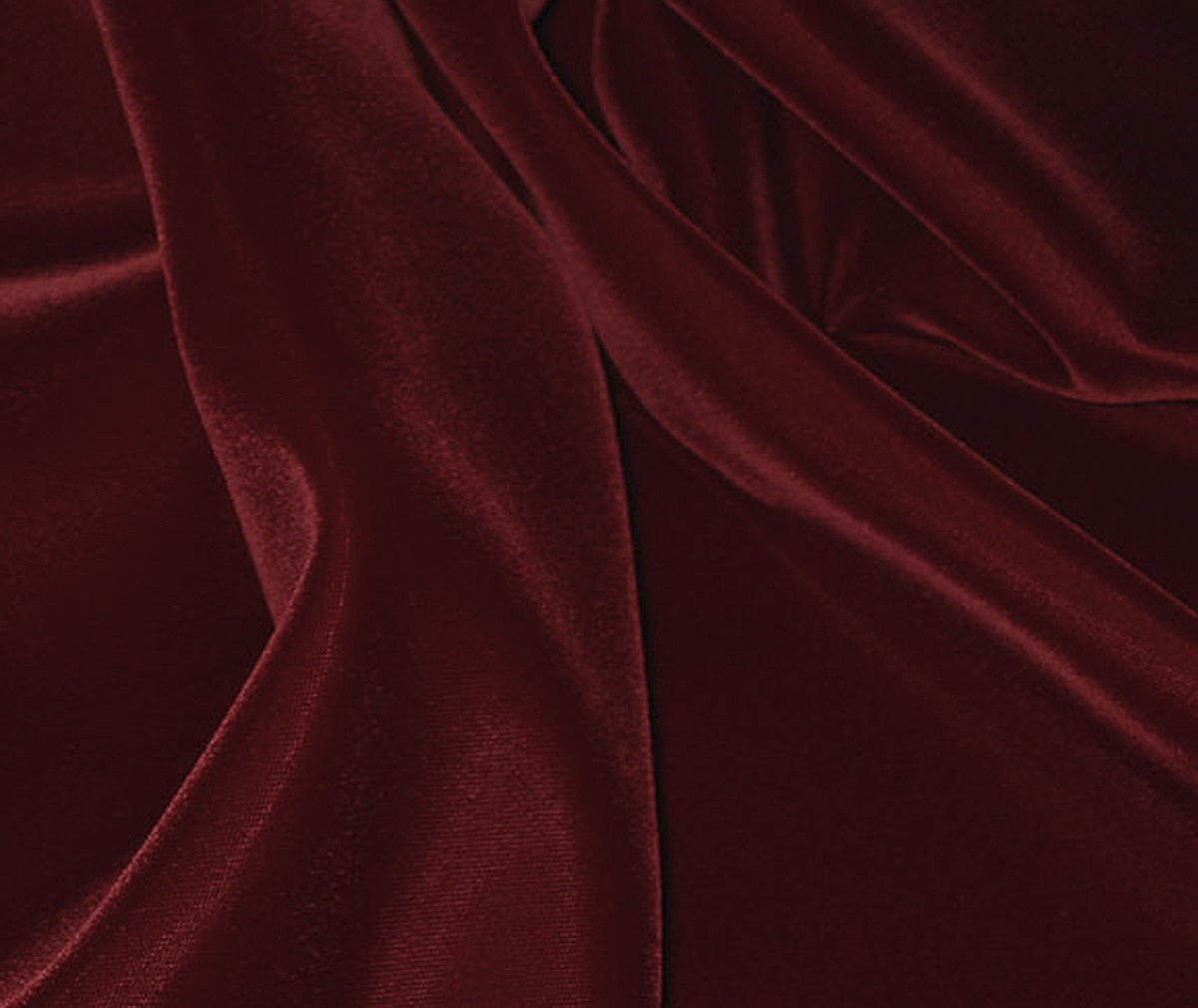
Characteristics of Velvet Fabric
The term “velvet” refers to the weave of a fabric rather than to its content. Velvet has a pile weave that is created when loops are formed during the weaving process. The pile weave is on one side of the velvet fabric, while the other side is plain. Other fabrics which have pile weaves include terry cloth and corduroy.
The difference between velvet and these other fabrics is that for velvet, the loops are cut, forming a soft textured surface over the entire surface of the fabric. Terry cloth has loops that aren’t cut, and corduroy has cut loops that appear in rows rather than across the entire surface.
Types of Velvet Fabric
Velvet can be made from a variety of fibers, including silk, rayon, acetate and cotton. Each type of fiber produces a slightly different type of velvet fabric. Silk velvet is the most elegant and expensive type, with a soft drape and shimmering surface. Synthetic velvets made from rayon and acetate simulate the shimmer of silk velvet, but are generally heavier and do not drape as well.
There are some velvet fabrics available that are made with a rayon pile on a silk backing. This combines the best of both worlds, with the drape of silk in a less expensive fabric. Cotton velvet, often referred to as velveteen, is the sturdiest and most durable type of velvet. The surface of cotton velvet has more of a soft sheen and less of the shimmer of silk or synthetic velvet.
Uses of Velvet Fabric
The New York sales office and main fabric showroom is located in the heart of New York’s Garment District and works with all our manufacturing accounts including apparel, accessory, industrial, visual display – packaging, and home furnishing customers. The sales staff will assist you in learning about our product line, getting you reference samples, and sample yardages. We will process and track your wholesale orders.
All types of velvet can be effectively dyed with deep colors and are most popular in dark shades that highlight the rich pile of the fabric. Silk/rayon blend velvet is most often used for flowing dresses and evening wear which emphasize its soft drape. Synthetic velvet made completely of acetate or rayon is less expensive and easier to care for and is often substituted for a silk/rayon blend.
This type of velvet can be used for all types of soft garments. Cotton velvet is well suited for both clothing and home decorating. Vests, skirts, blazers and coats can be made from cotton velvet. It’s also used for costumes. The durability of cotton velvet also makes it ideal for home furnishings. Sumptuous bed coverings, upholstery, draperies and cushions can be made from cotton velvet.
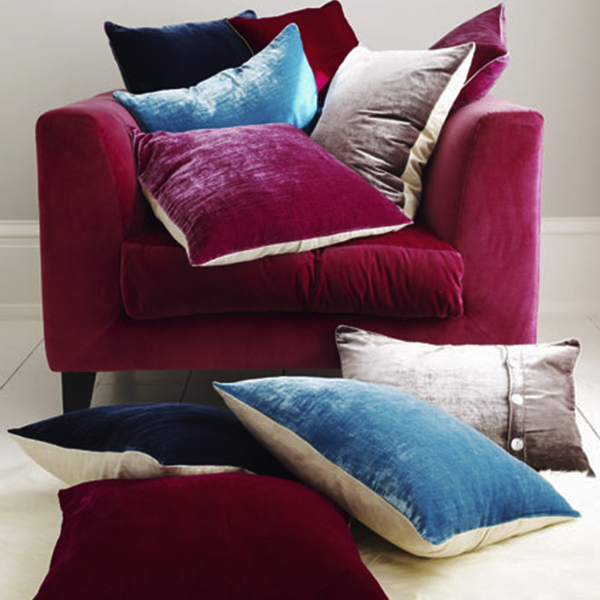
Considerations when Cutting Velvet Fabric
The New York sales office and main fabric showroom is located in the heart of New York’s Garment District and works with all our manufacturing accounts including apparel, accessory, industrial, visual display – packaging, and home furnishing customers. The sales staff will assist you in learning about our product line, getting you reference samples, and sample yardages. We will process and track your wholesale orders.
Most velvet fabric has what is known as a nap–when you run your hand down the length of the fabric, it will feel smooth in one direction and rough in the other. The appearance of the velvet is affected by the nap, with the color of the velvet appearing darker in the direction in which the nap runs up. When a garment is cut from velvet, care must be taken that the nap is running in the same direction on each piece of the garment.
Many commercial patterns include specific layouts for pattern pieces labeled “with nap.” The nap should also be considered when cutting pieces of upholstery fabric or cutting and sewing draperies.
Tips for Sewing Velvet Fabric
When pinning velvet fabric in preparation for sewing, place pins in seam lines to avoid leaving marks. Seams should be stitched in the direction of the nap whenever possible. When pressing seams, do not place a hot iron directly on either side of the velvet fabric. An iron applied directly will permanently crush the pile.
Instead, apply steam to the velvet or use a special ironing board known as a needle board. Practice using the needle board on a scrap of velvet to make sure the pile is not damaged.
Most velvet fabric has what is known as a nap–when you run your hand down the length of the fabric, it will feel smooth in one direction and rough in the other. The appearance of the velvet is affected by the nap, with the color of the velvet appearing darker in the direction in which the nap runs up. When a garment is cut from velvet, care must be taken that the nap is running in the same direction on each piece of the garment. Many commercial patterns include specific layouts for pattern pieces labeled “with nap.” The nap should also be considered when cutting pieces of upholstery fabric or cutting and sewing draperies.
WIMPILE PRODUCTS
Wimpfheimer Velvets

UPHOLSTERY
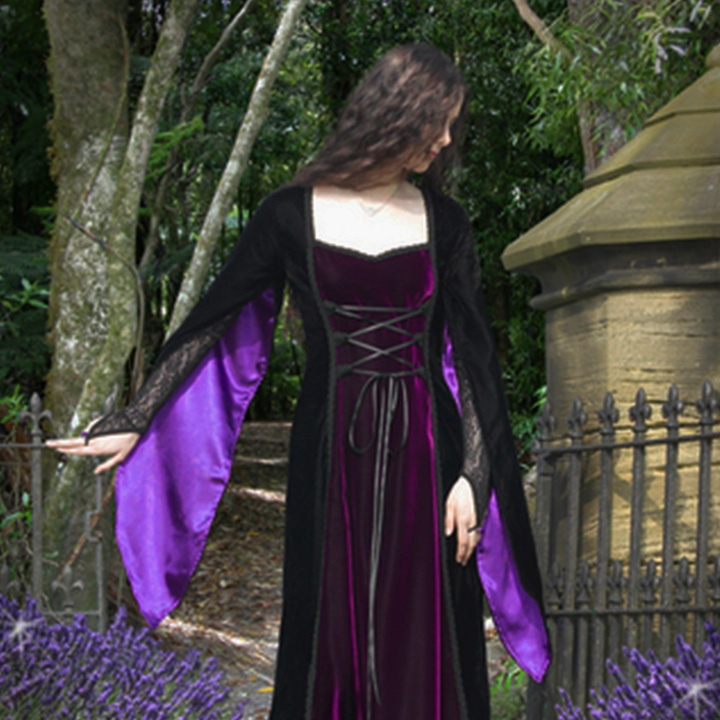
APPARELS
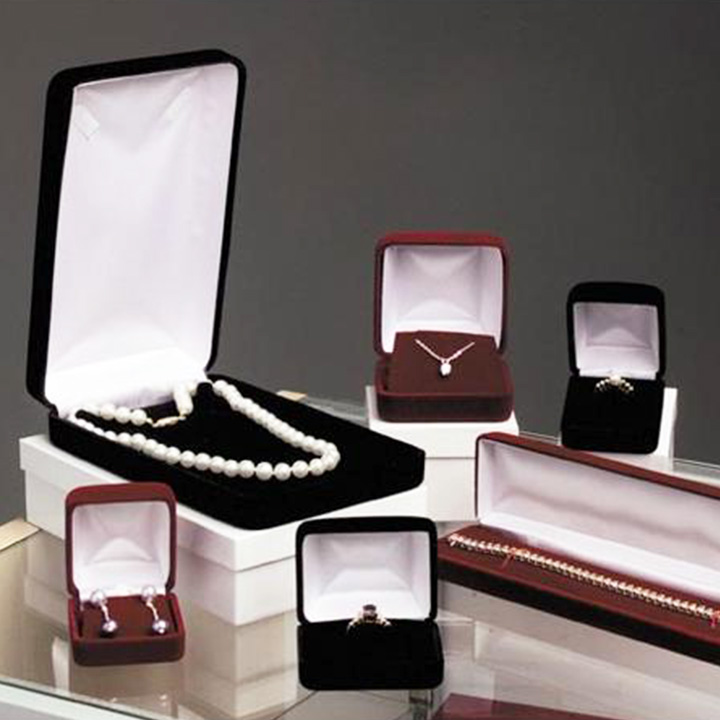
ACKAGING & VISUAL DISPLAY
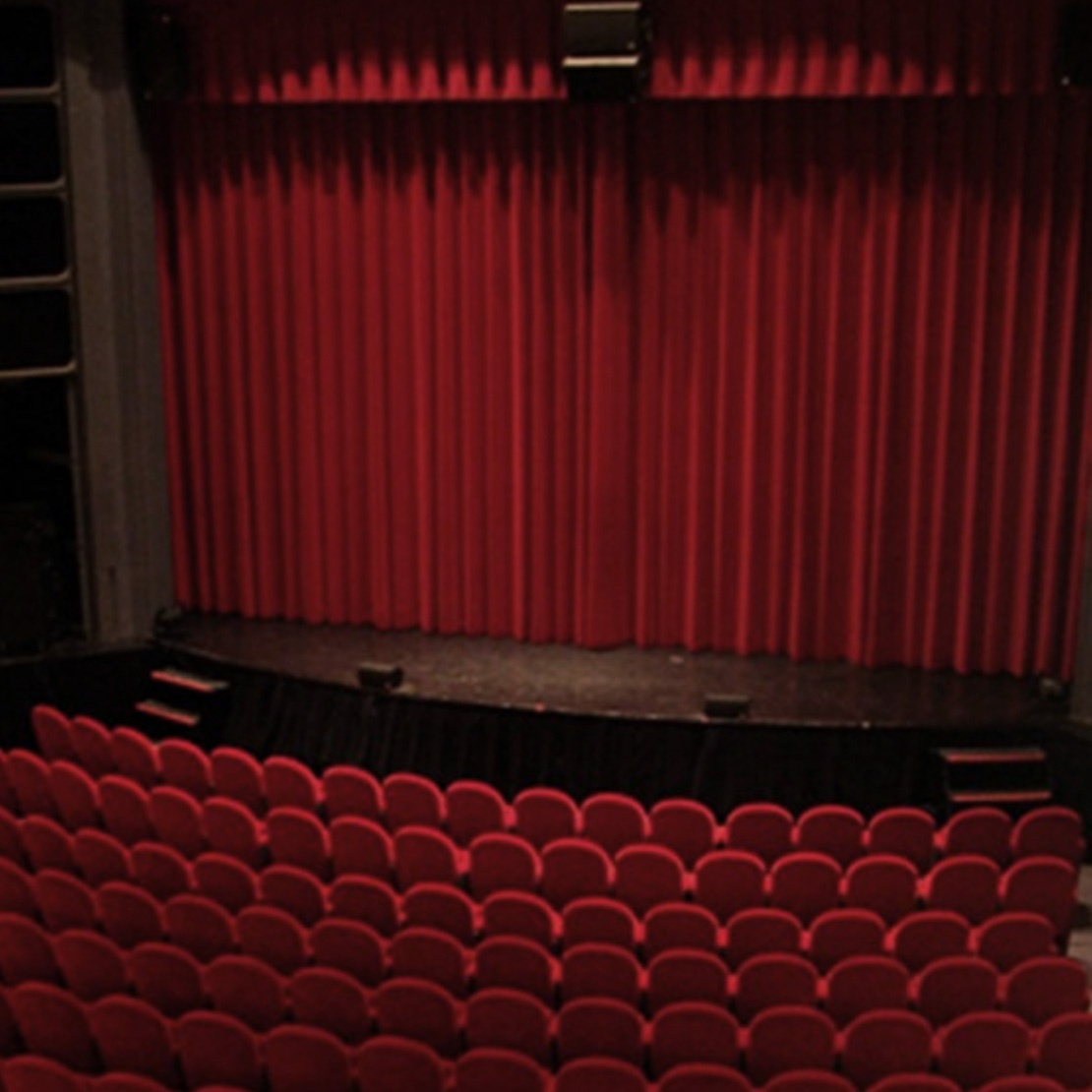
THEATRICAL VELVET
